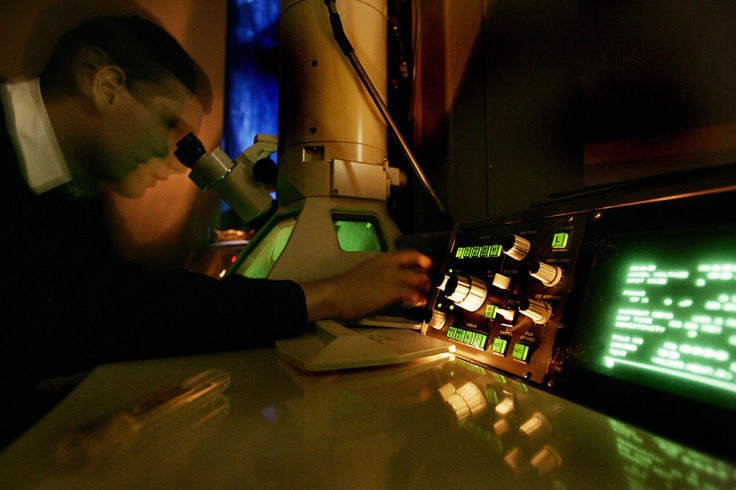
A hybrid particle that could pave the way for future electronic gadgets that would allow them to be smaller and faster has been discovered by a group of physicists at the Massachusetts Institute of Technology (MIT) .
New Hybrid Particle
The hybrid particle, which is a fusion of both electrons and a phonon, has been discovered by MIT physicists.
As reported by Interesting Engineering, the interaction between the electron and the phonon has been nicknamed "glue" or "bond" by scientists.
The hybrid particle was discovered in a weird two-dimensional magnetic substance and was found to be a mashup of an electron and a phonon, a quasiparticle created by vibrating atoms in a material.
According to the study, which was published in the journal Nature Communications, the scientists discovered the particle when they measured the force between the electron and phonon.
It was recognized that the glue, or bond, was 10 times stronger than what had previously been estimated for other known electron-phonon hybrids.
Smaller and Faster Electronics
SciTechDaily stated that the findings are especially significant because the scientists discovered the hybrid particle in nickel phosphorus trisulfide (NiPS3), a two-dimensional material with magnetic characteristics that has recently piqued curiosity.
If utilized into good use, the hybrid particles could one day be used as a new type of magnetic semiconductor, allowing for smaller, quicker, and more energy-efficient devices that would be pivotal in technological evolutions.
On Jan. 10, MIT physics professor Nuh Gedik and his colleagues published their findings in the journal Nature Communications.
Mehmet Burak Yilmaz, Batyr Ilyas, Emre Ergeçen, Dan Mao, Hoi Chun Po, and Senthil Todadri from MIT, as well as Junghyun Kim and Je-Geun Park from Seoul National University in Korea, are among his co-authors.
Read Also: Afraid Data Brokers Are Selling Your Personal Information? This 1 Tool Prevents It From Happening
How MIT Scientist Discovered Hybrid Particle
Usually, the speed of electrons and other subatomic particles moves too fast to capture an image with, even if using the world's fastest camera, said Gedik via Tech Explorist.
The researchers described the task similar to photographing a person running.
Since the camera's shutter, which lets light in to record the image, isn't fast enough to be able to keep up with the movement, the image results in a blurry photograph, and the person is still running in the frame before the shutter can snap a crisp picture.
However, the MIT scientist was able to solve this through using an ultrafast laser to tackle the challenge. Light pulses of only 25 femtoseconds are emitted by the laser.
The laser pulse was split into two parts and directed towards a NiPS3 sample.
Using this method, it allows the scientists to produce ultrafast "movies," from which they could extrapolate the interactions of distinct particles within the material.
To be even more precise, the group of MIT scientists measured the amount of light reflected from the sample as a function of time between the two pulses in more detail.
In the presence of hybrid particles, that is where changes in reflection occur. The material turned antiferromagnetic when the sample was cooled below 150 degrees Kelvins.









